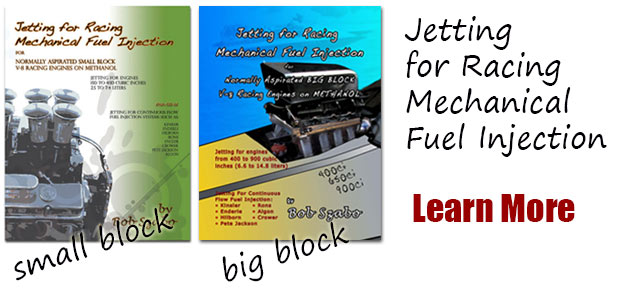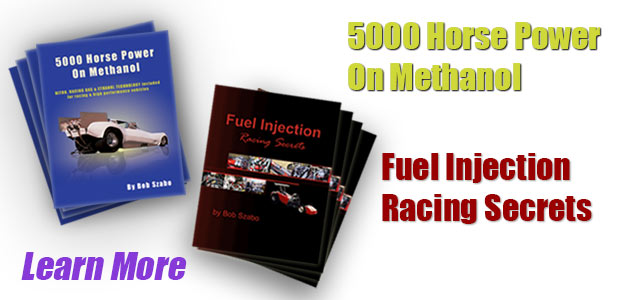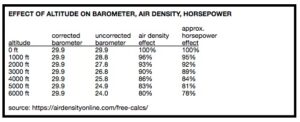They say nothing in life is certain except for death and taxes. In most parts of the world, taxes are part of life and part of running a motorsports business. In the US, large expenses associated with running an engine building business are federal, state and local taxes. This article will focus on the United States tax system, but similar ideas may be applicable to similar businesses in other countries as well.
One of the largest advantages to the US tax system is that profits are taxed after expenses are deducted.
This means that most expenses associated with building or running your business do not get taxed. Smaller businesses may only require a sole proprietorship, but larger businesses may require a corporation.
Sole Proprietorship
For tax filing purposes, a sole proprietorship is the simplest form of business. It can consist of a single person or a married couple. Annual accounting is required, and the owner is liable for all taxes. Profit should be shown for a minimum of two out of five years. Retirement contributions and medical expenses are usually not part of business expenses and are done according to personal 1040 tax filing rules.









